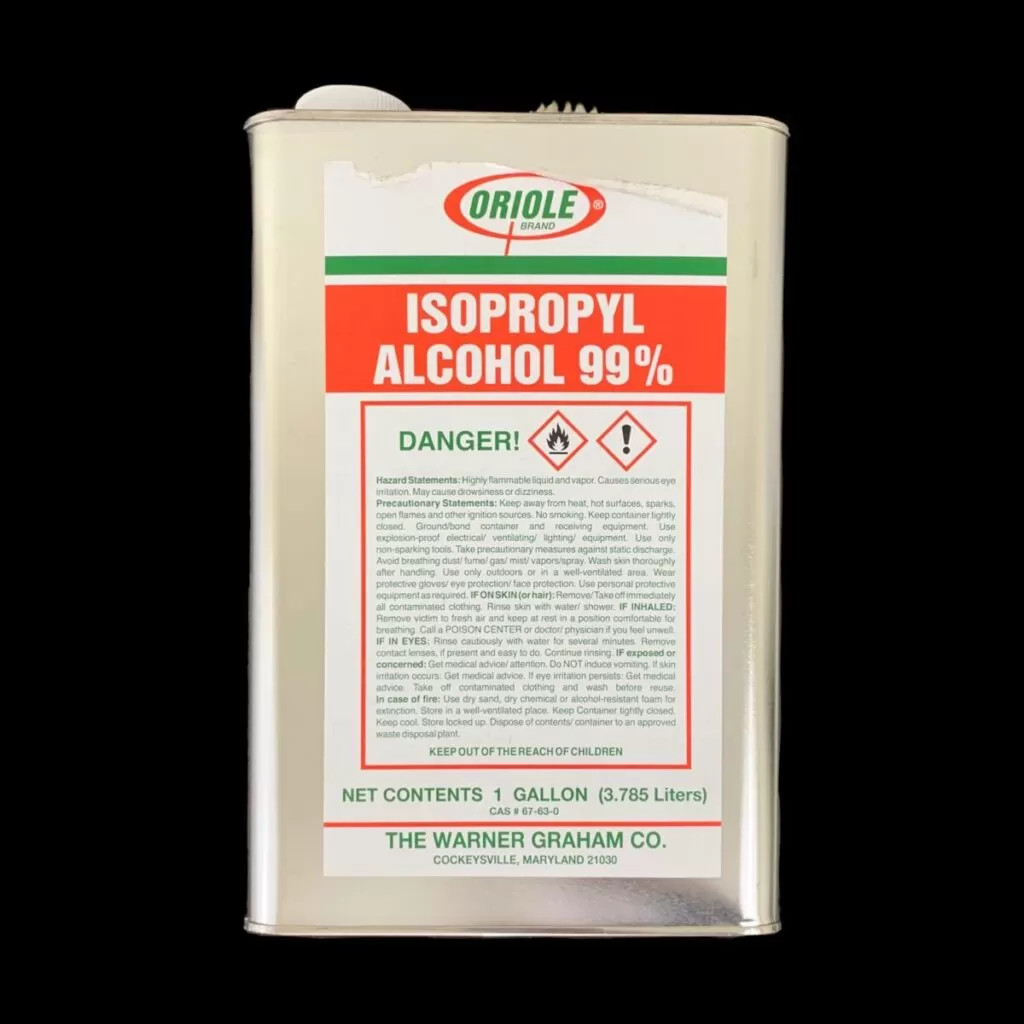Sealant Products
The Uses & Benefits of Butyl Sealant Tape
When it comes to sealing things quickly and easily, many often turn to butyl sealant tape. However, if you’ve never used or heard of it before, then you might be wondering what makes butyl sealant so unique from other types of sealants carried by Metro Sealant. Here we wanted to collect some in-depth information about what makes butyl sealant tape unique, as well as its many uses and applications.
Uses of Butyl Sealant Tape
Butyl sealant tape is one of the most versatile types of sealant solutions, perfect for a variety of applications, such as:
- Vehicles: Anyone who has ever owned a vehicle knows that sometimes, unexpected leaks can happen. However, by keeping a roll of butyl tape in the trunk next to those jumper cables if there’s a leak on a gasket or firewall, you can easily have a temporary fix until you’re able to find a nearby auto shop.
- RVs: Just like butyl tape can be helpful on automobiles, they’re even more so helpful for those who own RVs. This is because it’s easy to work with, pliable, and doesn’t dry out or ooze, making it ideal when compared to putty tape. Although putty tape is a little more affordable, it won’t provide your RV with a long-term DIY fix as butyl sealant tape can.
- Door/Window Sealing: For those who aren’t satisfied with the performance of traditional door and window sealants, which can crack and cause air leaks over time, butyl tape offers a great alternative. It conforms easily to windows, making it perfect for creating an airtight seal in window frames in older homes that might not be in as good a shape as they used to be.
- Household: Butyl sealant tape is extremely adhesive; not only is it waterproof, but it’s also highly resistant to humidity, corrosion, and more extreme environments. This makes it perfect for patching up leaky underground pipes or joints, as well as being used for other DIY home repairs, such as patches to ventilation systems or ductwork. It’s also commonly used for repairs on your roof, as well as insulating piping during the wintertime to keep them from freezing.
What Surfaces is Butyl Sealant Tape Compatible with?
Butyl sealant tape is most compatible with surfaces like:
- Rubber or EPDM Roofing
- Plastic
- Wood
- Glass
- Galvanized Metal
- Aluminum
Butyl Sealant Tape Installation
When installing butyl tape, precision is key to ensure that your application has been properly sealed and the tape is bonded at its optimal strength. There are a few things that you need to do to ensure this happens:
- Step 1: Professionals recommend chilling butyl sealant tape before installation for several hours; this makes it more maneuverable when installing it and helps it conform to the surface where it’s being installed.
- Step 2: Prior to installing the tape, you’ll first need to thoroughly clean the surface where it’s going to be applied. Make certain that not only is the surface clean, but that it’s also dry and free of dust for the best results. Wiping down the surface with an alcohol solution like isopropyl alcohol 99 is recommended.
- Step 3: Now you can peel the tape from the roll, tearing it as you see fit, but be sure not to touch the surface of the tape too much with your hands or fingertips. This is because the oils from your hands and fingers will lessen the butyl tape’s adhesive quality and minimize its strength.
- Step 4: Apply the tape and make sure to eliminate any gaps between it and the surface; it should conform to the surface completely. Make certain to go over it once or twice, pressing down any bumps or other areas to ensure that the tape covers every hole and there are no empty, unsealed areas.
- Step 5: For those who want to make the patch of tape they’ve just installed thicker, add on more tape accordingly. Doing so not only increases the strength of the butyl sealant tape but ensures a more air and watertight installation. You can also press down on the tape once you’ve finished applying all of the layers as a last measure, eliminating any existing air bubbles.
- Step 6: Any extra adhesive from applying the butyl tape can be easily scraped away using a card or knife.
- Step 7: First impressions are everything right? So, before calling it a day, first, apply a soap/water mixture to your fingers (about 50/50) and rub down the tape’s surface to give it a clean look, smooth out any lumps, and make sure it appears like it was done by a professional.
- Step 8: Lastly, let the tape dry and cure overnight, or if that’s not possible at least set for a minimum of four hours.
One More Thing Before You Go…
Before you go, Metro Sealant just wanted to mention there are other types of butyl sealants. We know there’s no one-fits-all when it comes to construction projects, so we also carry a variety of butyl sealants like concrete butyl sealant, black butyl sealant, Pecora butyl sealant, Tremco butyl sealant, and non-curing butyl sealant.
If we don’t have what you’re looking for in stock, our friendly sales team can easily order it for you and have it ready ASAP!
Contact us today for sealant solutions, construction supplies, and more!
Since 1989, Metro Sealant has been helping match customers with the newest and most innovative sealant and construction products on the market today. By partnering with manufacturers, we offer a wide inventory and competitive pricing on every one of the products we carry.
As a family-owned business, we know how important it is to find exactly what you’re looking for quickly, especially while you’re working on a construction project, so contact us online today or call (866) 695-6617.





